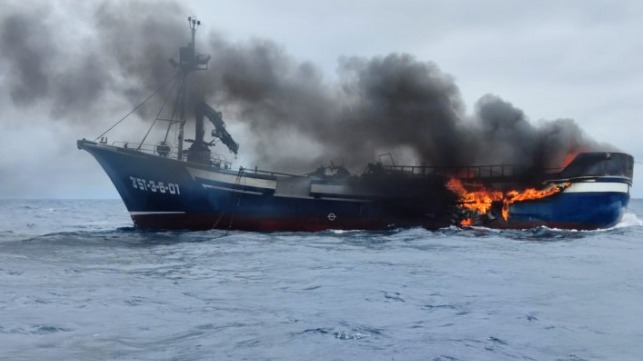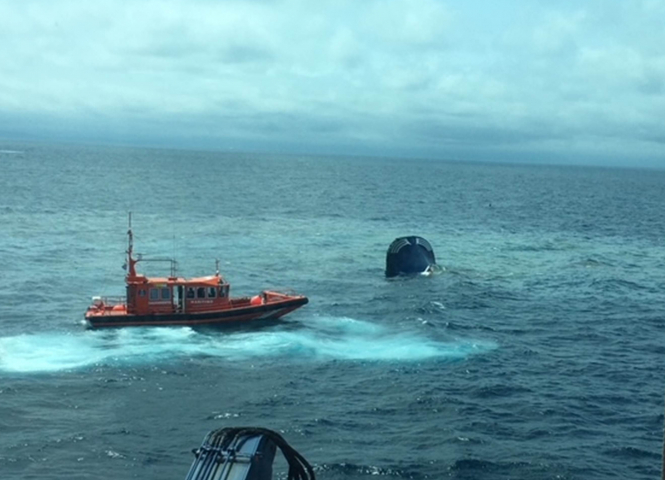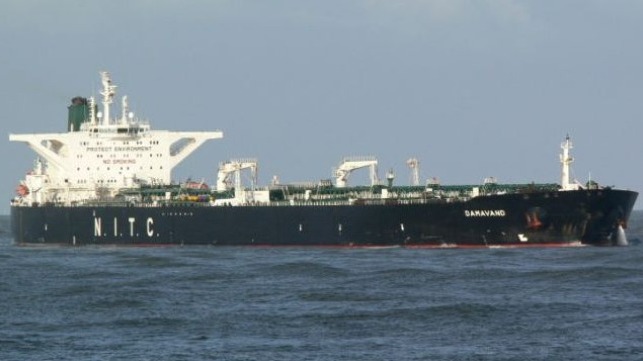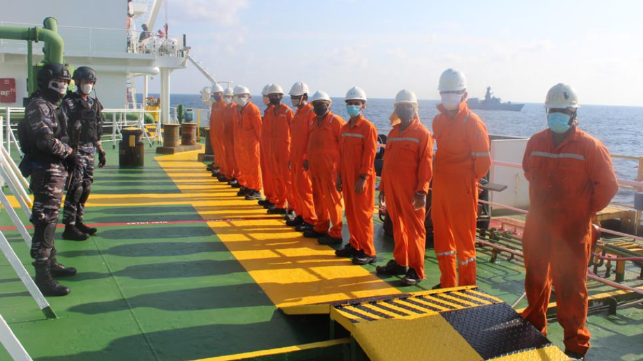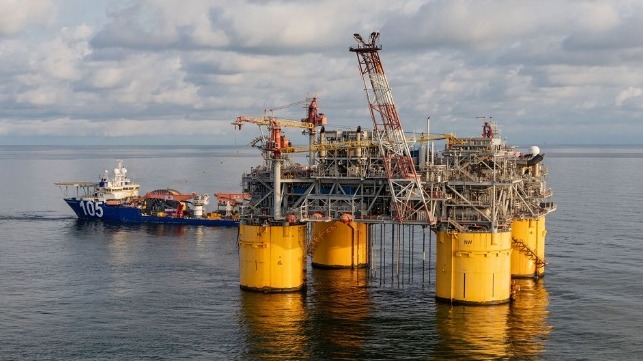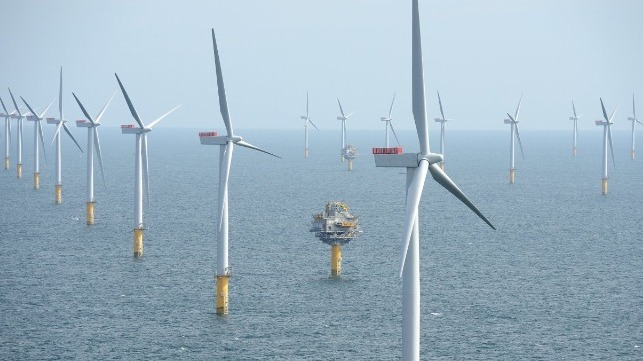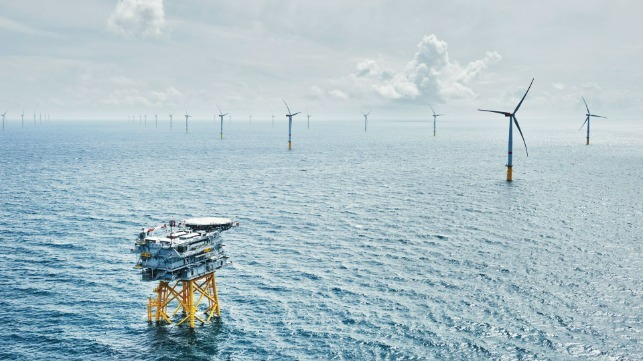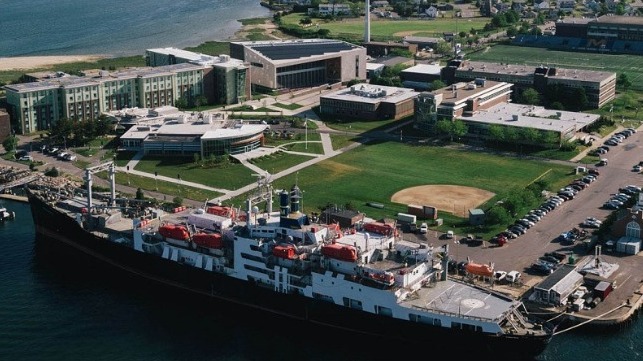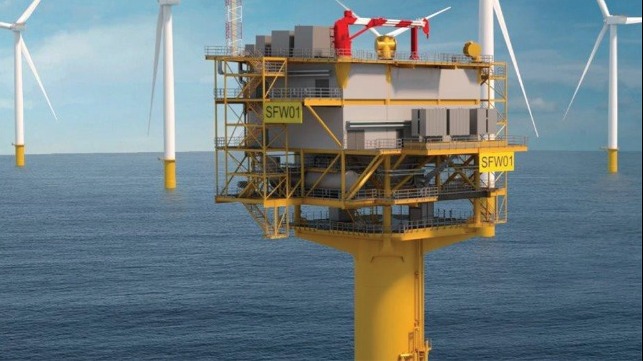Endosymbiotic theory: evolution is powered by innovation and thievery
Sometimes, new combinations of preexisting things revolutionize life.
NEIL SHUBIN26 August, 2021

Credit: Sigmund via Unsplash
Throughout evolutionary history, organisms have "stolen" the innovations of others rather than building them from scratch.
For example, the tiny "organs" inside of cells were once free-living bacteria.
Today, humans have taken CRISPR from bacteria and used it as a technique for gene editing.
Wheels have been on planet Earth for over 6000 years. Suitcases have been around for centuries. Suitcases with wheels were invented a few decades ago and changed life for many who travel. Every time I am in an airport, my rested back muscles are a kind of celebration of how invention can come from finding a new combination. Far from being an offbeat insight, the relationship between innovation and new combinations of parts is as much a part of our four-billion-year evolutionary history on Earth as it will be our future.
In one of her first research projects in the 1960s, Lynn Margulis, then a graduate student at the University of California-Berkeley, looked at the diversity of cells in living creatures and proposed a new theory for how they came about. She wrote it up and received rejections from, as she once described it, "15 or so journals." Undeterred, she eventually found a home for the paper in a relatively obscure journal on theoretical biology. Margulis' fearless persistence in the face of a chorus of negative reviews was breathtaking — here was a young female scientist at the start of her career set against an entrenched orthodoxy.
Margulis looked at the cells that make the bodies of animals, plants, and fungi. These cells have a complexity to them that bacteria do not. Animal and plant cells contain a nucleus in which the genome resides. Surrounding the nucleus are a number of small organs, so-called organelles, that carry out different functions. The most prominent among these organelles are the ones that power the cell. Plants have chloroplasts that contain chlorophyll that carry out the photosynthetic reactions that convert sunlight to usable energy. Similarly, animal cells have mitochondria that generate energy from oxygen and sugars.

Some Assembly Required: Decoding Four Billion Years of Life, from Ancient Fossils to DNA
List Price: $12.99
Margulis observed that these organelles look like mini-cells within the cell. Each has its own membrane around it, separating it from the rest of the cell. Mitochondria and chloroplasts reproduce in the cell by splitting into two, a process called binary fission. As they divide, the organelles elongate, pinch in the middle to look like a dumbbell, and then the separate to form two new individuals. These organelles even have their own genome, separate from that of the nucleus. The genomes of the organelles, however, are very different from that of the nucleus. DNA strands in the nucleus are linear; in mitochondria and chloroplasts, the DNA forms a circular ring.
Endosymbiotic theory
With their own membranes, reproduction by binary fission, and DNA organized as a circle, the structure of these organelles rung a bell for Margulis. She had seen these features before — in bacteria. Bacteria reproduce by binary fission, are surrounded by a similar kind of membrane, and have a genome that looks much like that of chloroplasts and mitochondria. The organelles that power animal and plant cells appeared more similar to bacteria than to the nucleus of the cell in which they reside.
From these observations, Margulis proposed a radical new theory of evolutionary history. Chloroplasts were originally a species of free-living cyanobacterium (also known as blue-green algae) that got incorporated into another cell and were put to work as metabolic laborers to provide energy for that new cell. Likewise, mitochondria also were originally free-living bacteria that merged with another cell and were put to use powering it.
Margulis' idea was met with either widespread scorn or complete indifference. Fortunately for Margulis, and science in general, technology caught up with her idea. With DNA sequencing methods developed in the 1980s, the history of the genes inside the organelles could be compared to those of the cell nucleus. The family tree that emerged was as beautiful as it was surprising. Neither mitochondria nor chloroplasts were genetically related to the DNA of their own nuclei. Chloroplasts were more closely related to different species of cyanobacteria than anything else inside the plant cell. Likewise, mitochondria were descendants of a species of oxygen-consuming bacteria and not related to their nucleus. Today, every animal or fungal cell has two families of life inside of it, one of their nucleus and another whose ancestors were once free-living bacteria. Plant cells have a third family whose ancestors were once free-living cyanobacteria.
The more we look, the more we find that traits can appear in one species only to be borrowed, stolen, and modified for new uses by another. In this way, hosts inherit the parts of a ready-made invention rather than having to build it themselves. These combinations of parts, and the new kinds of individuals that can emerge from them, can open up evolutionary opportunities.
For billions of years, life existed as single cells, and the inventions were in the ways creatures metabolized the energy and chemicals around them. Life was small. With the origins of ever more complex individuals came new ways of making proteins, moving about, and feeding. Creatures with bodies — animals, plants, and fungi — are relative newcomers to the planet, and each of these is composed of cells derived from the merger of different individuals. The advent of bodies opened up a new way of evolving for living things. Creatures made of many cells, each powered by organelles, could get big and develop new tissues and organs. The result is the diversity of tissues and organs that help animals fly to the highest altitudes, swim at the bottom of the ocean, and devise satellites to probe the far reaches of the solar system.
Theft, but in a good way
Combining, borrowing, and repurposing technologies and inventions from other species has been part of our multibillion-year past. It is also our future. The Nobel Prize in chemistry in 2020 went to two women who helped devise CRISPR-Cas, a new technique to edit the genome. In nature, CRISPR is a defense mechanism that bacteria use to ward off invasions by viruses. There is something beautiful in the notion that our conscious brain has accomplished what cells and genomes have done for billions of years. A process invented in bacteria has been coopted to change the genomes of others. The result, like what Lynn Margulis saw, is an appropriated technology that, when tinkered with, can transform evolution.
Neil Shubin is the author of Some Assembly Required, Your Inner Fish, and The Universe Within. He is the Robert R. Bensley Professor of Organismal Biology and Anatomy at the University of Chicago. He was elected to the National Academy of Sciences in 2011. He lives in Chicago.
RELATED ARTICLES AROUND THE WEB
Endosymbiotic theories for eukaryote origin ›
Endosymbiotic theory for organelle origins - ScienceDirect ›
7.8: The Endosymbiotic Theory - Biology LibreTexts ›










